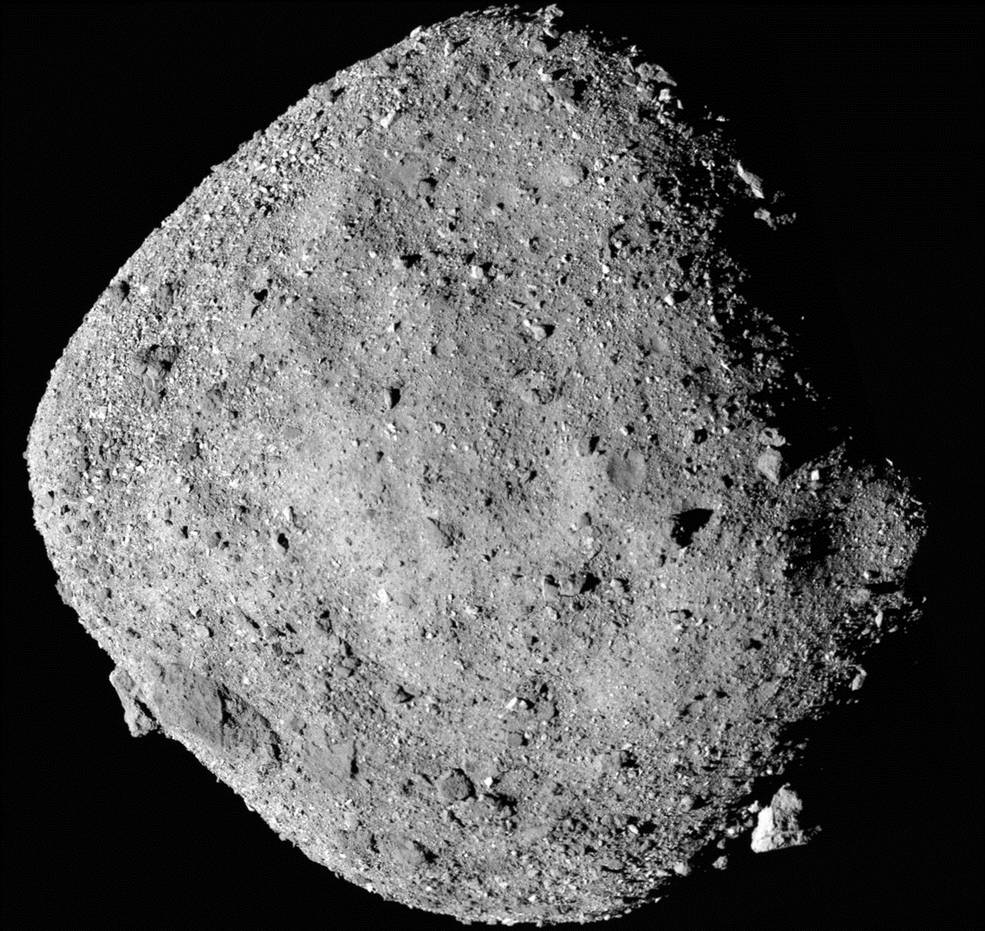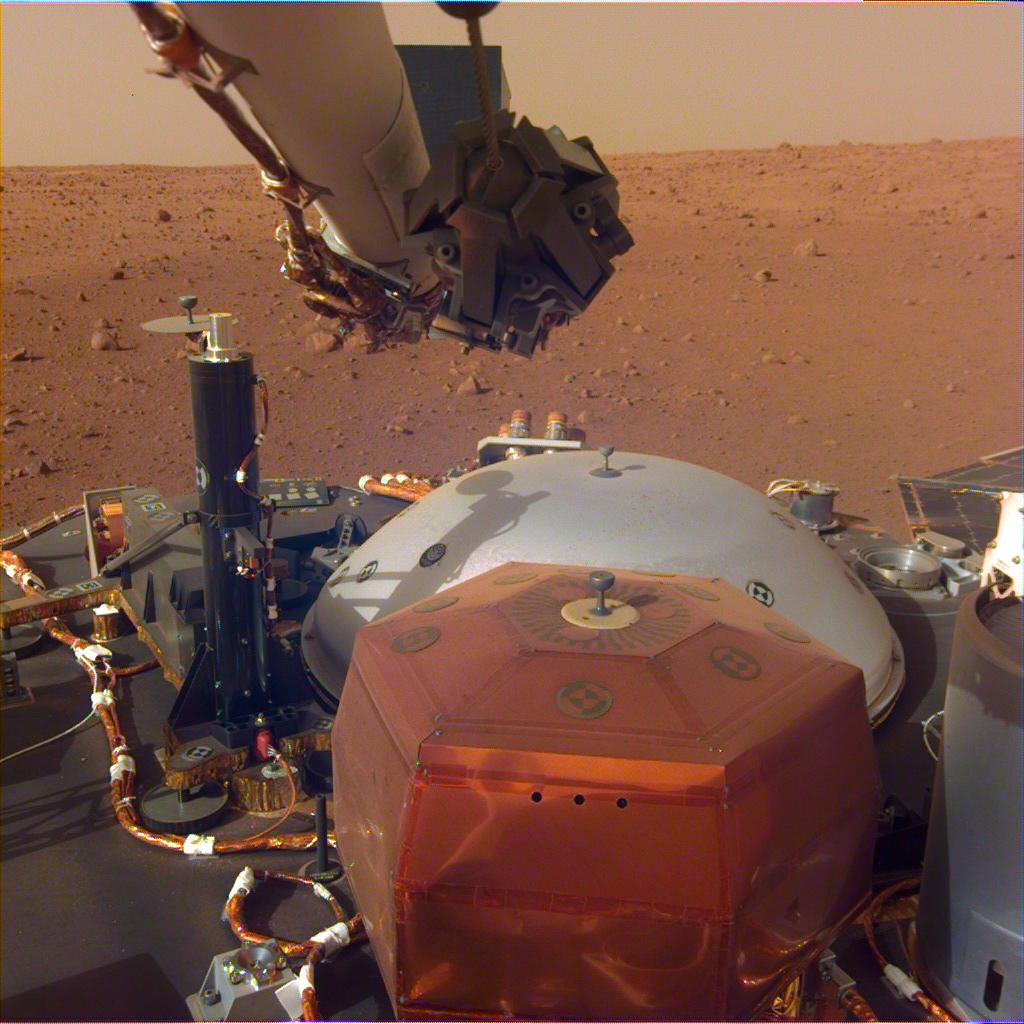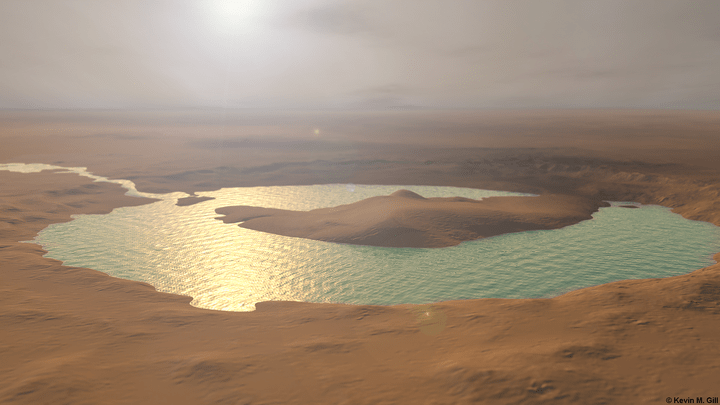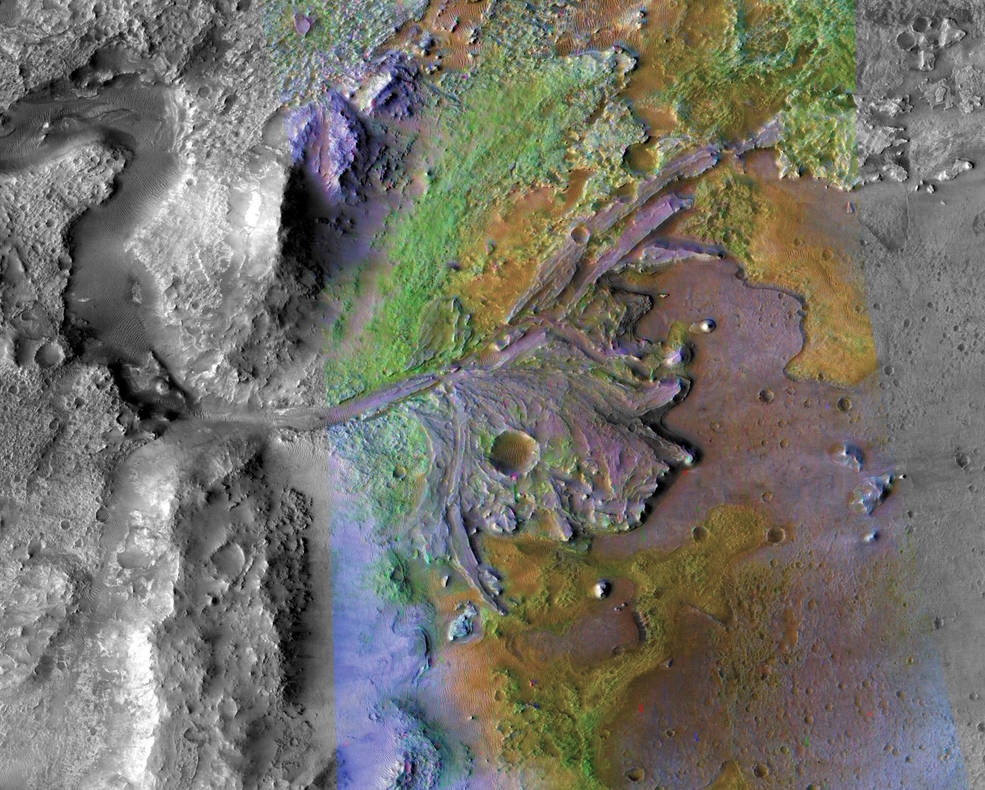
The Voyager 2 recently crossed the outer boundary of the heliosphere, where it joins the Voyager 1 spacecraft in interstellar space
Continue reading

When it comes to meteor showers, the calendar year always seems to save the best for last. We're referring to the Geminid meteor shower, one of the sure fire bets for dependable meteor showers. In fact, in recent years, the Geminids have been upstaging that other yearly favorite: the August Geminids.
Continue reading

The InSight lander recently used two its instruments to record vibrations caused by Martian wind, effectively capturing what it sounds like on the surface of Mars.
Continue reading

Continue reading

Continue reading

Continue reading
Continue reading

Continue reading

Located in the northern hemisphere, between the two "dippers", is the Draco constellation - one of the 48 compiled by Ptolemy and one of the 88 recognized by the IAU.
Continue reading

Continue reading

Continue reading

Continue reading

Most of us think of distant sites such as Death Valley, the Kalahari Desert or the Canary Islands when it comes to dark skies. And while it's true that many observers are now traveling farther and farther away from home in search of truly dark skies, that trip need not be as far as you think.
We had the opportunity to visit one such often overlooked dark sky gem: the state of Nebraska
Continue reading

Continue reading

SpaceX's sixteenth Commercial Resupply Services mission (CRS-16) successfully launched a Dragon spacecraft to orbit, but the first stage didn't quite stick the landing.
Continue reading

Continue reading
Continue reading

Continue reading

Continue reading

The LIGO and Virgo collaborations recently announced the detection of four more gravitational wave events, bringing the total to eleven.
Continue reading

Continue reading

Continue reading

Continue reading

A new study by a team from MIT has shed light on the physical processes that take place when tiny particles (like micrometeorites) hit a surface while traveling at high speeds.
Continue reading
Continue reading

Located in the Aquarius constellation, some 2,500 light-years from Earth, is the four star cluster known as Messier 73
Continue reading

Continue reading

According to a new study that examined ancient cave paintings and archaeological sites, it appears that prehistoric humans had a greater understanding of astronomy than we thought.
Continue reading

Continue reading

A relatively obscure meteor shower may put on a surprise performance in early December 2018. Chances are, you've never heard of the Andromedids, though it's worth keeping an eye out for these swift-moving meteors over the next week.
Continue reading

According to a new study, there could be hundreds of identifiable objects in our Solar System like 'Oumuamua, some of which we could study in just a few years!
Continue reading

Continue reading

Continue reading

Continue reading

A very important, but perhaps overlooked, aspect of the InSight mission was the first-ever deployment of CubeSats (MarCO) to deep space.
Continue reading
Continue reading
Continue reading

Continue reading

The InSight Lander, which had touched down on the Martian surface just hours before, has deployed its solar cells and is ready to begin science operations!
Continue reading

Continue reading

Earlier today, after a seven month journey through space, NASA's InSight Lander mission touched down on the Martian surface.
Continue reading

Continue reading

Continue reading

A new study by a team of Rice University geophysicists indicates that the Earth's wandering poles could have triggered the last ice age.
Continue reading

Continue reading

An international team of astronomers recently located a triple star system in our galaxy that will someday unleash a massive gamma-ray burst.
Continue reading

According to a new study, ancient lakes on Mars filled up so quickly that they overflowed, carving canyons in the surface that are still visible today.
Continue reading

Continue reading

The AMBRE project, an international consortium of astronomers, was able to find a star that formed with our Sun (and is almost identical) about 184 light-years away
Continue reading

Continue reading

 Universe Today
Universe Today









































